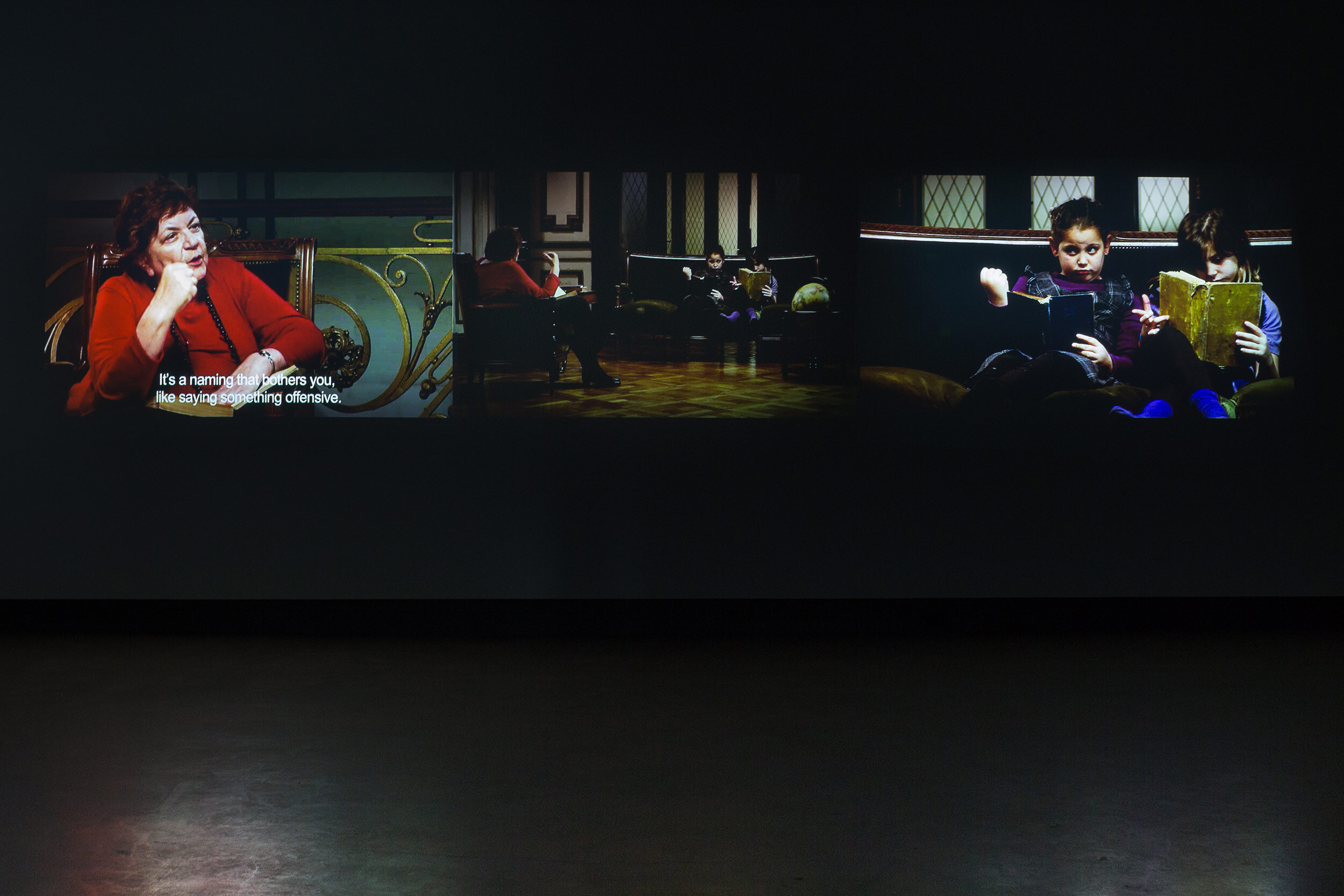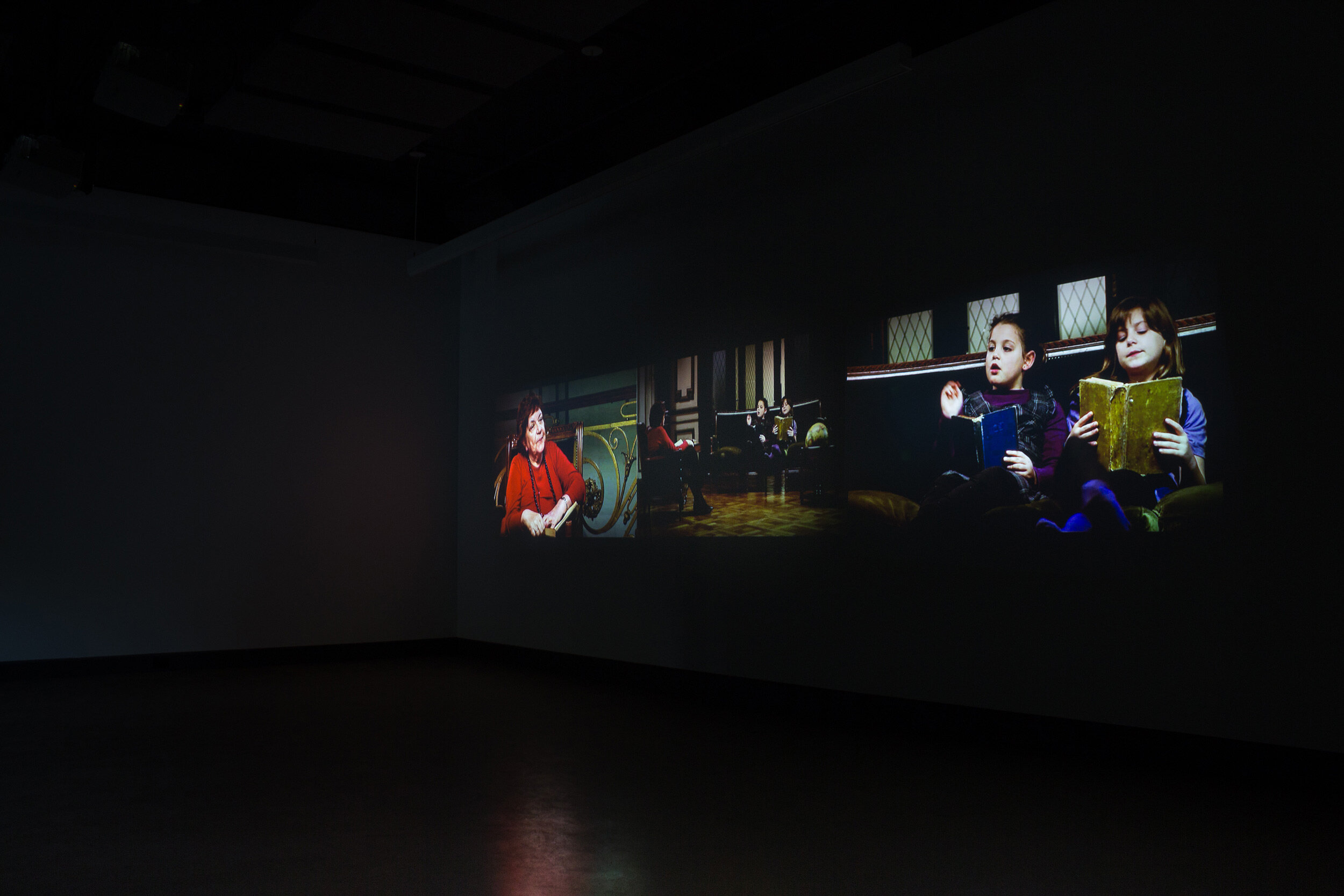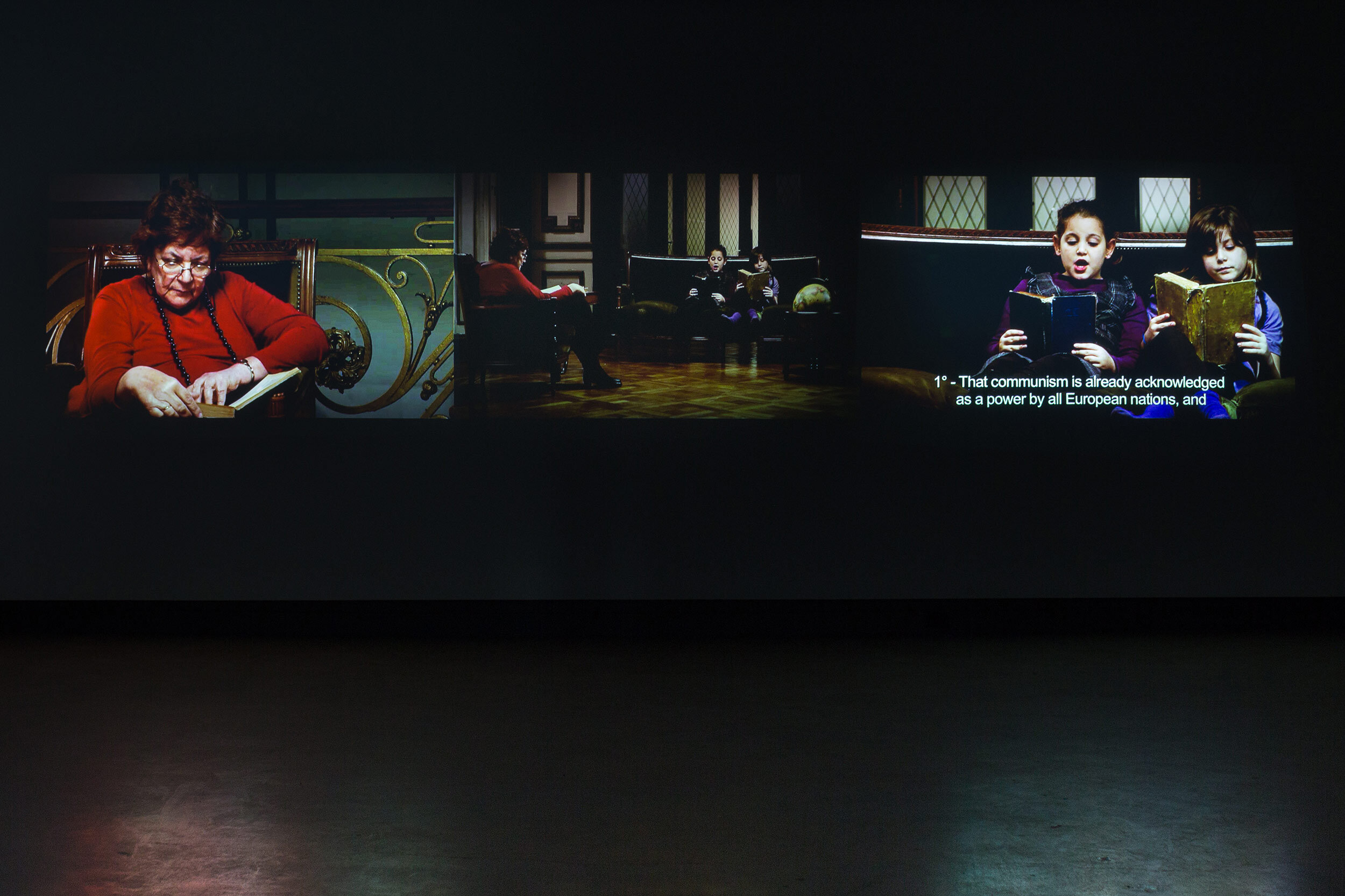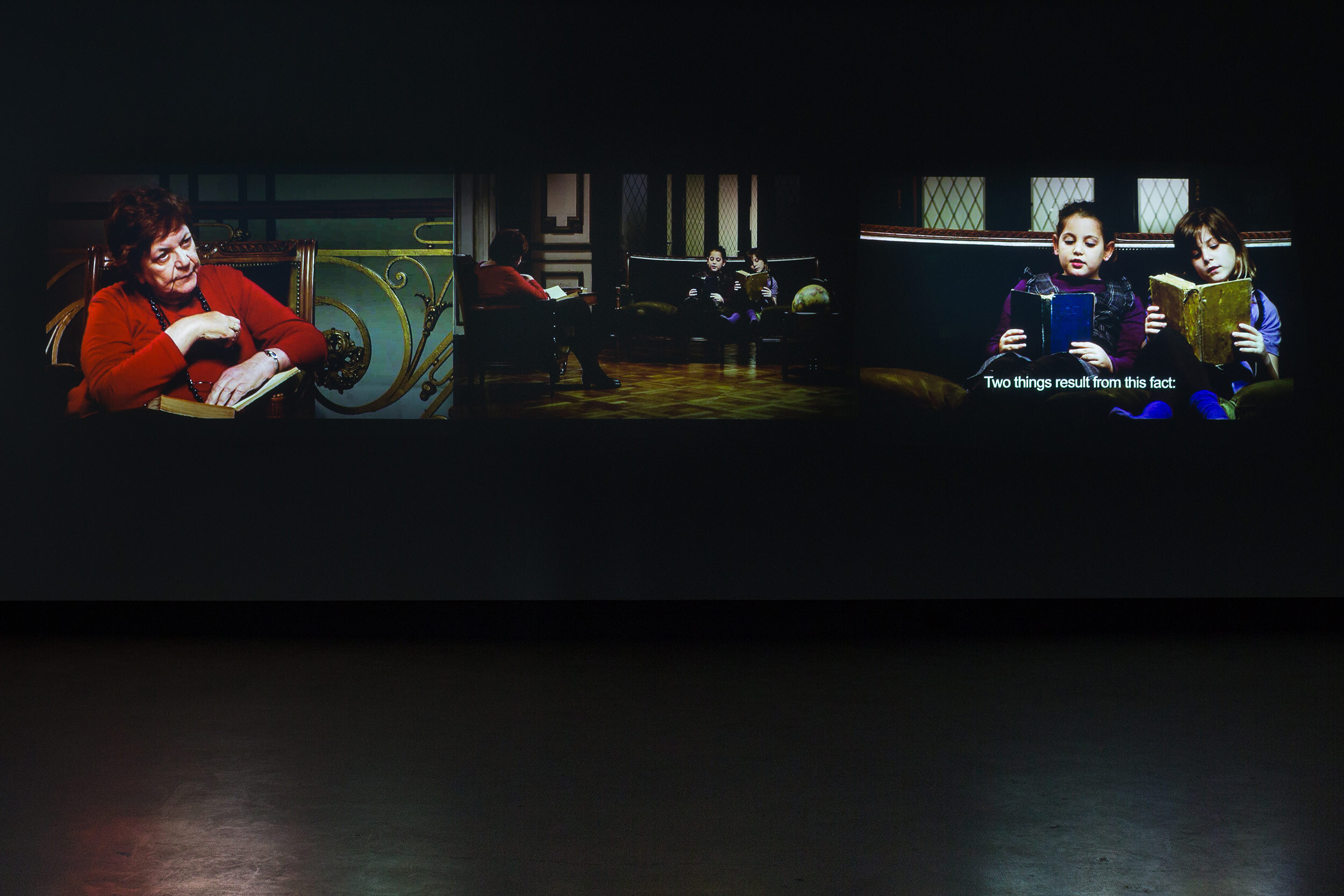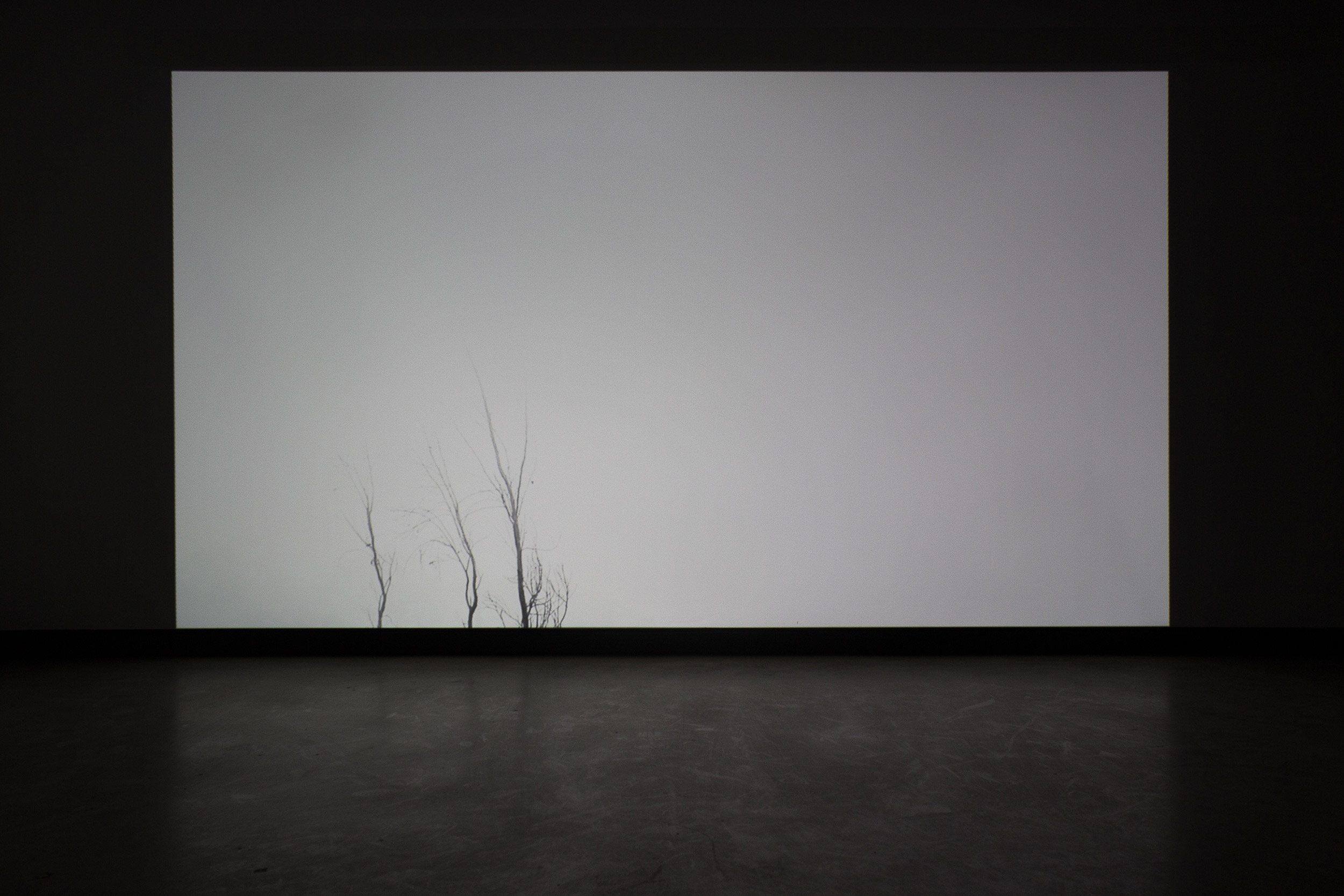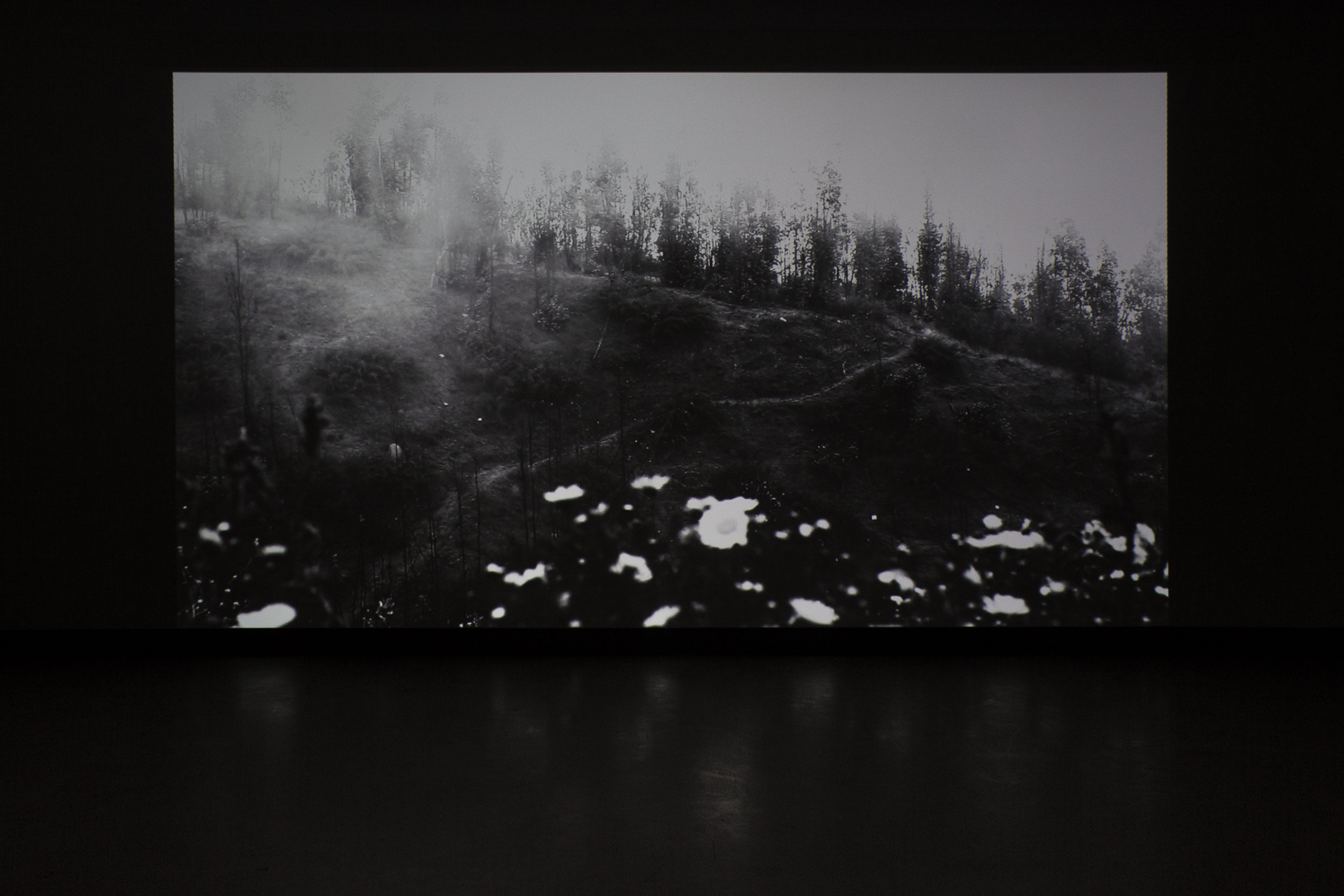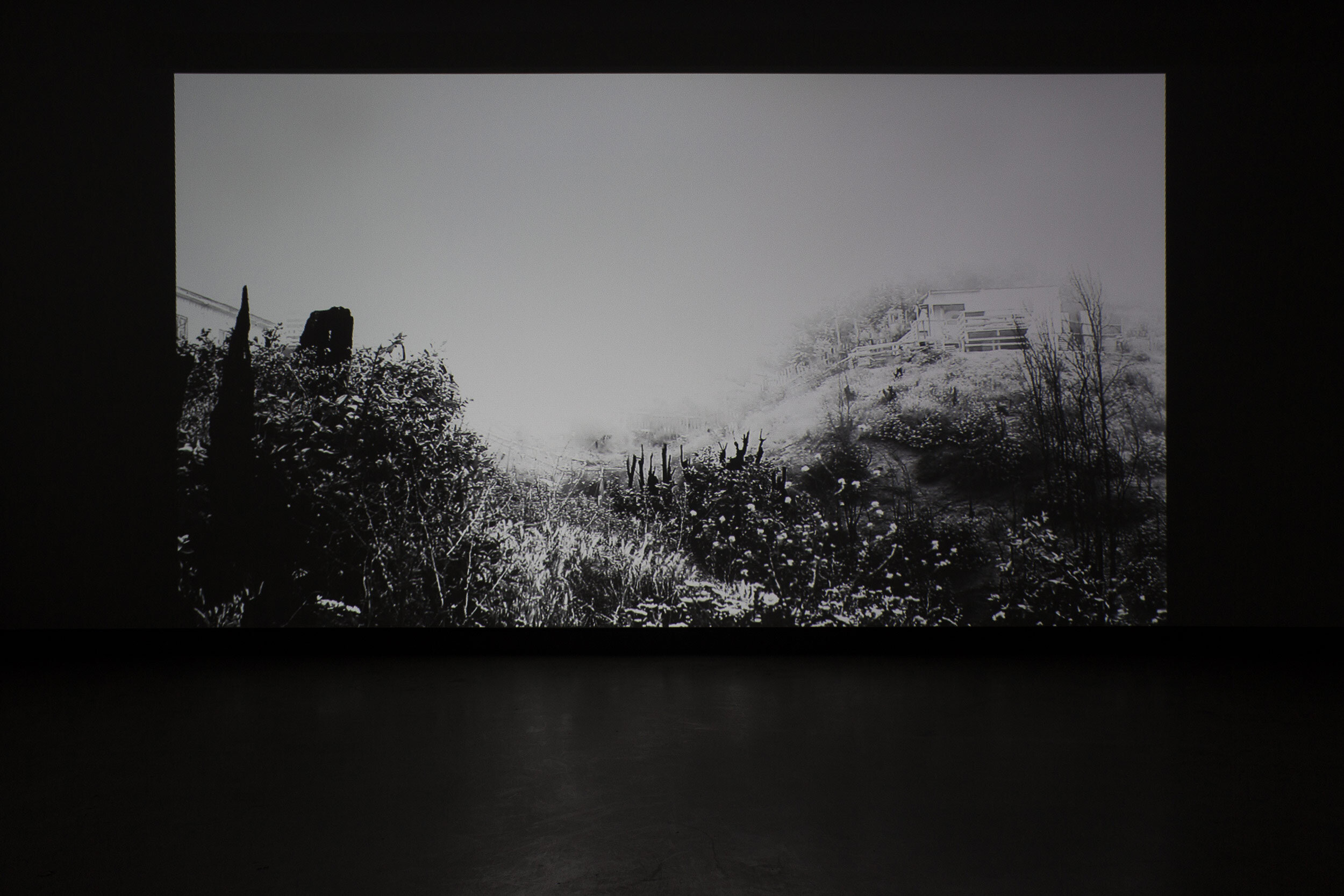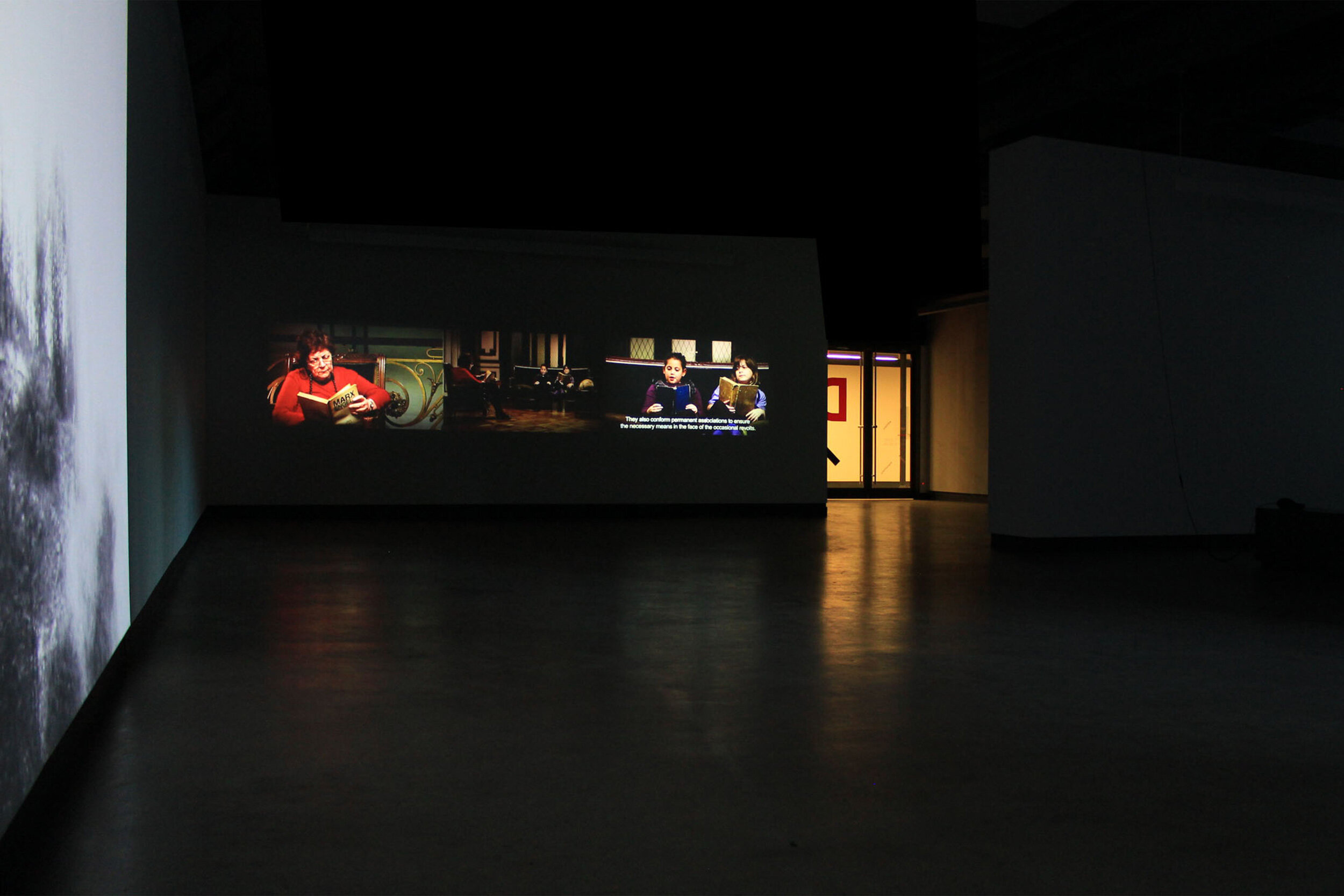Gabriela Golder
From August 25 to October 8, 2016
Opening on September 8 from 5 pm
Initially, Dazibao was devoted exclusively to photography and shared the view that the image was defined by its documentary potential — as a way of understanding the world and, by extension, of acting upon it. This approach was quickly run through with a host of theoretical questions around the mechanisms for producing images and their uses. Artworks produced in this context, motivated more by the modus operandi of the image and its new video and digital forms, sometimes became almost completely devoid of any wish to engage in representation.
Far from the belief in a kind of failure of the image, and freed from this discourse around its status and nature, some artists are concerned mostly with what images can convey... or not. In a world obsessed with its representation, these works establish reception conditions and times that differ from media images and are driven by a desire to show in a new light events or stories which are normally glossed over or habitually removed from public scrutiny.
Ali El-Darsa, Gabriela Golder, Roberto Santaguida and Sandra Volny offer a few singular approaches to what could be a new wave in documentary. A form of documentary which would often work through accumulation, seeking a kind of truth by multiplying points of view and bringing together several ideas. F.C.
Gabriel Golder was born in Buenos Aires in 1971. An artist, teacher and independent curator, she is director of CONTINENTE, a research centre in audiovisual art at the Universidad Nacional de Tres de Febrero, and of the Bienal de la Imagen en Movimiento (BIM). She has been guest video and experimental film programmer at the Buenos Aires Museo de Arte Moderno since 2013. Her videos, films and installations, for which she has won several awards and grants, have been presented at numerous exhibition venues and festivals around the world. Golder’s work, a scrupulous witness to political, social and economic developments in contemporary Argentina, explores metaphorically the concepts of collective memory, identity and rights.
The term “conversation piece” refers to a pictorial genre located part-way between a portrait, a domestic scene and a landscape. Depicting the well-off English classes of the eighteenth century, these paintings featured a family activity of which the viewer often felt a part. Gabriela Golder’s Conversation Piece borrows from this genre of painting while making the bourgeoisie itself a topic of discussion. In this video triptych, the artist depicts her mother, a member of the Communist Party of Argentina, and two little girls who, not without difficulty, read out loud Marx and Engels’ Manifesto of the Communist Party of 1848. This scene, framed from three different angles, gives the viewer the impression of being a part of the conversation, in which an elderly woman comments on and explains concepts whose complexity largely escapes the little girls. As they read this emblematic text, all three plunge into the history of class struggle and the twentieth-century social rebellion brought on by industrialisation and into what became the founding principles of modern society. All of this back and forth between readings, questions and explanations is gradually transformed into a metaphor for the course of life, showing its difficulties, doubts, mistakes, challenges and, especially, the resilience necessary for survival.
In Tierra Quemada (Burnt Land), Golder refers to a recent disaster in Chile: a fire that razed the overpopulated hills of Valparaíso, displacing more than 12,000 people and destroying nearly 3,000 homes. The fire was declared a natural disaster by the authorities, who blamed a variety of climatic factors such as dryness and the direction of the wind for fanning the flames. Nevertheless, it is undeniable that the wretched living conditions of the city’s residents — living amongst piles of inflammable objects and having a poor water supply system, in addition to the difficulty for relief efforts posed by the very narrow streets — had a decisive impact on the scale of the disaster.
In the official version put out by the Chilean police, on Saturday April 12, 2014, in the late afternoon, two birds perched on an electrical wire battered by violent winds were electrocuted. A few sparks, carried along by the strong winds, set off the blaze. In a work of eloquent sobriety, a fixed black-and-white image of the devastated landscape where there remains only a few silhouettes of trees accompanied by the carefree chirping of birds, Golder bears witness to the tragic event, even as she casts the accidental nature of the fire into doubt. The omnipresent birdsong on the soundtrack appears to challenge the version put out by the Chilean authorities.
Other exhibitions
Dazibao receives financial support from the Conseil des arts et des lettres du Québec, the Canada Council for the Arts, the Conseil des arts de Montréal, the Ministère de la Culture et des Communications and the Ville de Montréal.

